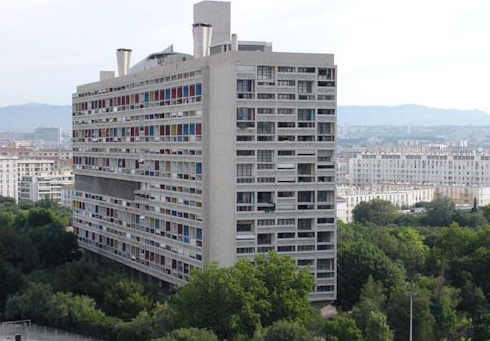
Bomber Harris did it to the Florence of the Elbe, modernist architect-desecrators have done it, and are still doing it, to the great cathedral city by the Severn
The destruction of a once charming old city
A glorious cathedral now surrounded by a modernist slum
How cack-handed, philistine, bogus architects of the last 60-odd years have spat upon their ancestors for being so much better and more talented than they
Gloucester, writes Dalrymple,
has been destroyed.
The one or two old buildings that remain
serve only to emphasise the dispiriting slumminess of all that was built in the second half of the twentieth century. In a way, the survivals make everything worse by the starkness of the contrast.

The workhouse in 1961 prior to demolition
The revenge of mediocrity upon talent and taste
The destruction of old Gloucester
was not the consequence of German bombing during the Second World War: Gloucester was little bombed. Indeed, the German bombing of Britain was much used by modernist architects and town planners as an excuse for doing what they wanted to do in any case: spit upon their ancestors for being so much better and more talented than they.
It was
the revenge of mediocrity upon talent and taste, and it continues to this day. After the war, much could have been rebuilt: but neither the people nor their governors cared enough for their aesthetic heritage to do so.
 The modern hatred not of the injustice but of the achievements of the past
The modern hatred not of the injustice but of the achievements of the past
The architects and planners in Gloucester
made no distinction between a squalid slum tenement (which in the event they replaced by something just as bad, if bad in a different way) and a mediaeval priory or Georgian pump room. It was the latter, not the former, that they aimed at.
 It wasn’t that they wanted to raise people up.
It wasn’t that they wanted to raise people up.
They wanted to level them down. They wanted to create the New Man, that is to say the type who could not judge aesthetically of his own surroundings and therefore could aspire aesthetically to nothing.
The aesthetic terror
 They succeeded.
They succeeded.
I doubt that one person in a hundred in Gloucester notices just how terrible his city is.

Irrecoverable








































































